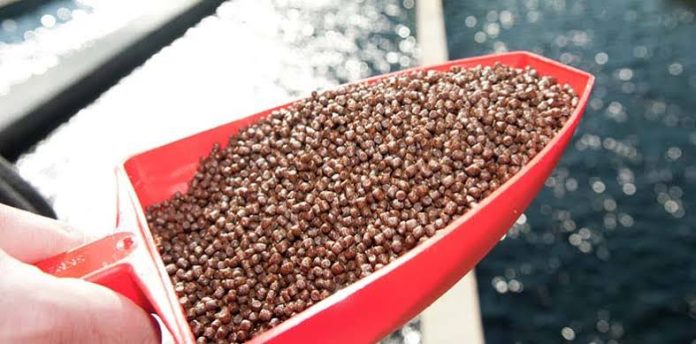14 ways to make better use of feed inputs for greater fish farming experience
1. Choose high-quality feed with balanced nutrients: The type of feed you give your fish is very important. Choose high-quality feed with balanced nutrients that meet the requirements of your fish species.
 Learn More
Learn More2. Monitor feed quality and storage conditions: Make sure that the feed you are using is fresh and has been stored in the right conditions. Poor quality feed can have a negative impact on fish growth.
3. Determine the appropriate feeding rate based on fish size and species: The amount of feed you give your fish should be determined by their size and species. Overfeeding can lead to poor water quality and underfeeding can lead to stunted growth.
4. Feed fish at regular intervals to avoid overfeeding or underfeeding: Feeding fish at regular intervals helps to avoid overfeeding or underfeeding, which can have negative impacts on fish growth and health.
5. Use automatic feeders to ensure consistent feeding: Automatic feeders can be used to ensure that fish are fed at regular intervals throughout the day, even when you are not available to do it manually.
READ ALSO 6 Practical Ways to Maintain Profit During Hike in Feed and Drug Prices
6. Incorporate alternative protein sources such as insects or algae into feed: Alternative protein sources can be added to fish feed to make it more nutritious and cost-effective.
7. Use probiotics to improve digestion and health of fish: Probiotics can be added to fish feed to improve digestion and overall health of the fish.
8. Implement feeding protocols to reduce waste and improve efficiency: Feeding protocols can be implemented to reduce waste and improve the efficiency of feed usage.
9. Consider using pelletized or extruded feeds for improved nutrient absorption: Pelletized or extruded feeds can improve nutrient absorption in fish, which can lead to better growth and health.
10. Adjust feed based on water temperature and season: Feed amounts and types should be adjusted based on water temperature and season to account for changes in fish metabolism.
11. Provide adequate aeration and water flow to avoid feed waste and nutrient buildup: Adequate aeration and water flow should be provided to avoid feed waste and nutrient buildup, which can lead to poor water quality and fish health.
READ ALSO The Importance of Water Treatment in Poultry Farming
12. Use feed additives such as enzymes or vitamins to improve feed efficiency: Feed additives can be used to improve feed efficiency and nutrient absorption in fish.
13. Monitor fish behavior and growth to evaluate feed performance: Monitoring fish behavior and growth can help to evaluate the performance of the feed used and make adjustments as necessary.
ATTENTION: Click “HERE” to receive More updates directly on your WhatsApp!
14. Work with a nutritionist or feed supplier to optimize feed formulation and usage: Working with a nutritionist or feed supplier can help to optimize feed formulation and usage to achieve better fish growth and health.
🧩CREATED BY DR JOSEPH DEJI-FOLUTILE















